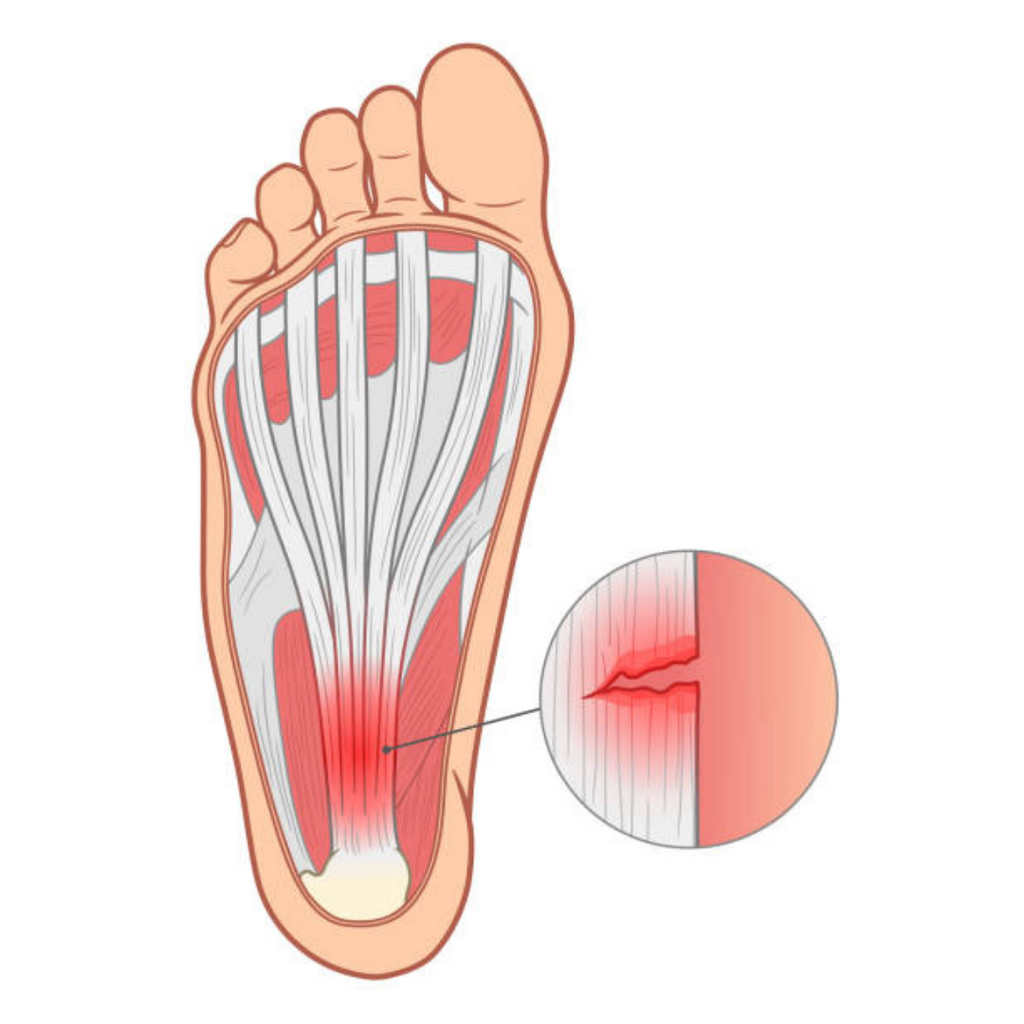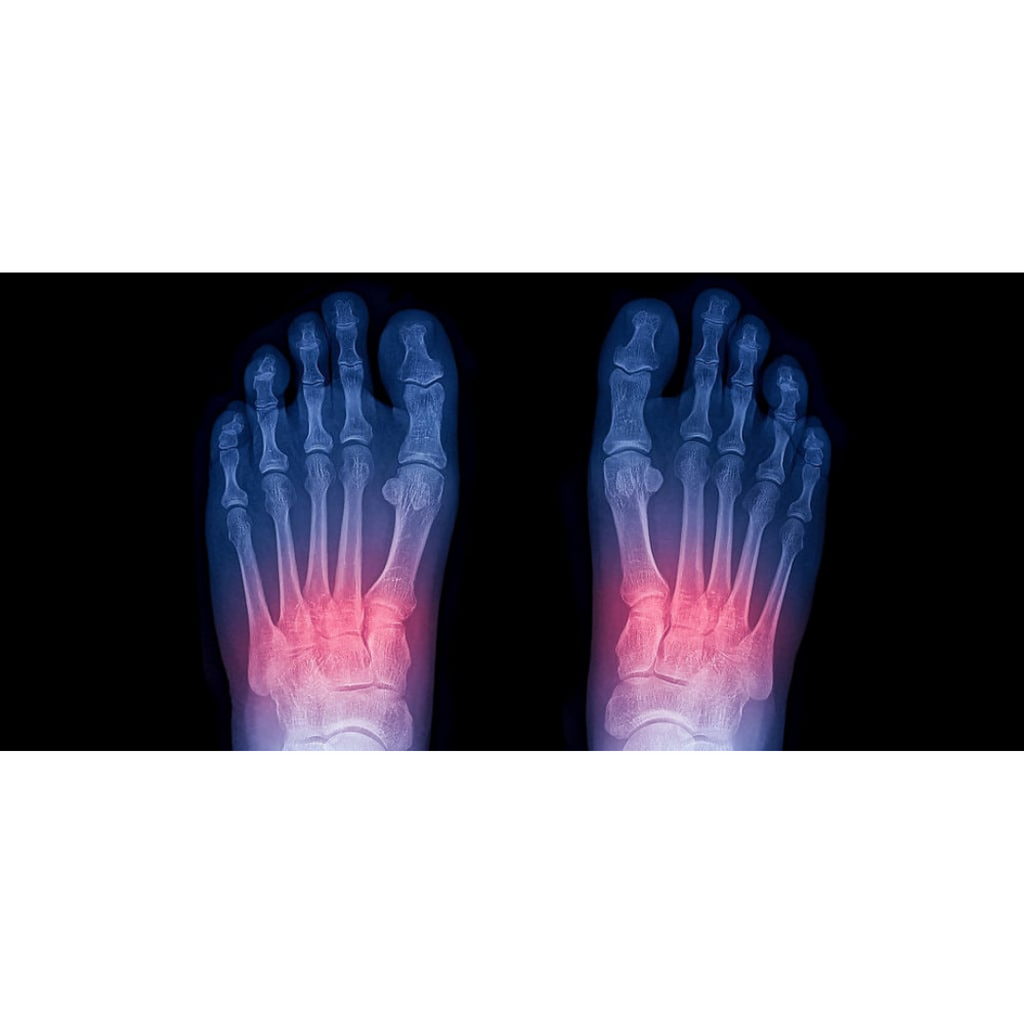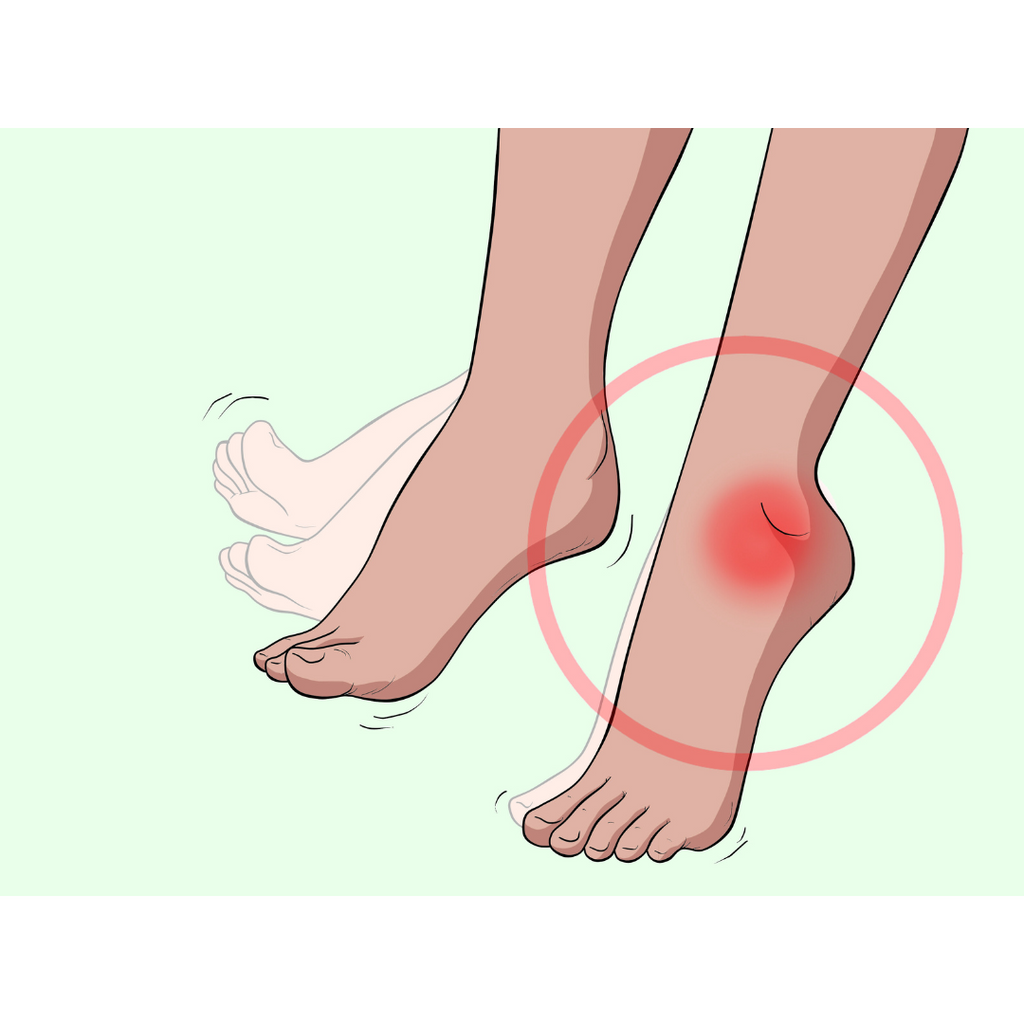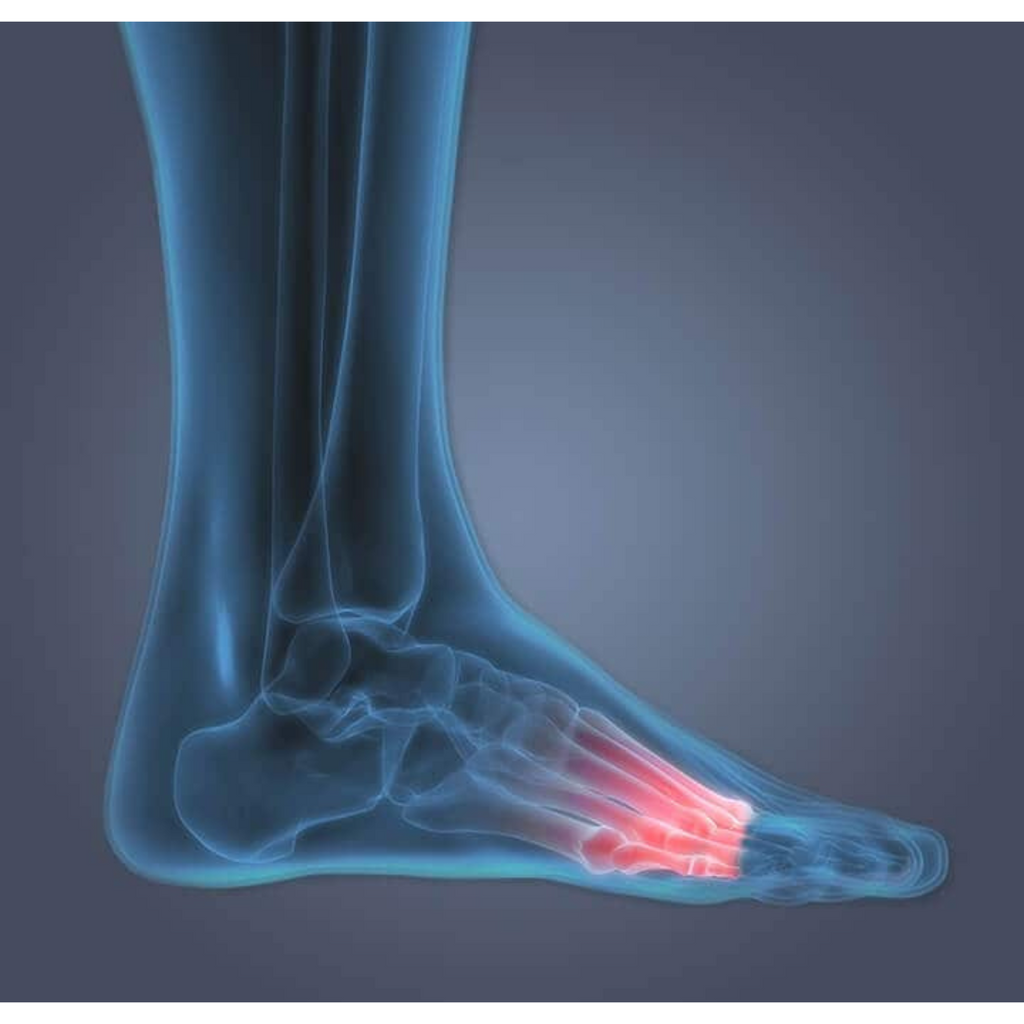One second you are living your life, and the next it feels like you just landed your foot on the edge of the door first, and the pain is so intense Seconds feel like minutes.
Worse, it happens several times per week with no warning.
If you have constant foot cramps and spasms, it can be difficult to go about your day not knowing when the cramps will strike again.
There are also known solutions as there are known causes of foot cramps and cramps-here are 5 proven ways to get rid of constant foot cramps so you can live a pain-free life.
1. Use a Foot Roller Massager
Acupressure has been used to treat foot aches, cramps, and pains for thousands of years.
This type of Reflex Therapy entails applying pressure to specific meridian (energy line) points on the body in order to relieve stress, pain, and fatigue.
Previously, you had to go to a professional massager for this treatment, but since the invention of the foot roller, millions of people all over the world have discovered an effective and low-cost solution to their foot cramps.
According to studies, using a good quality foot roller for at least 10-20 minutes every day results in a significant reduction in foot cramps and pains. (see product)
2. Stretch Your Feet Everyday
Despite its simplicity, the vast majority of people who suffer from foot cramps do not stretch their feet.
It literally takes a few minutes out of your day, but the benefits are enormous.
The towel stretch is one of our favorite foot stretches because it is simple and effective.
- Take a comfortable seat.
- Wrap a towel around the arch of your foot and grasp both ends with both hands.
- Keep your toes pointing up.
- Lift your leg gradually until you feel a stretch and hold for 3 seconds.
- Repeat at least three times on each foot.
This exercise should be done every morning and night to keep the muscles around your feet and ankles strong and supple, preventing foot cramps.
3. Maintain a Balanced Nutrition
Maintaining a balanced diet is one of the most difficult things for anyone to do.
When you're bored, it's so easy to eat junk food instead of healthy fruits and vegetables. That could be the cause of your constant foot cramps.

You must ensure that your daily diet contains an adequate amount of electrolytes (calcium, magnesium, potassium, sodium, phosphate, and chloride). These nutrients are in charge of vital functions like heartbeat regulation and muscle contraction.
Avoid the lazy approach of taking a variety of supplements and energy drinks, which can have negative side effects and end up doing more harm than good to your body.
Instead, go the natural route by eating plenty of electrolyte-rich fruits and vegetables. You'll be rewarded with fewer cramps and more energy.
4. Improve Your Blood Circulation
Poor blood circulation in your legs and feet can cause stiffness, swollen feet, cramps, and pain.
This can be caused by a lack of exercise, sitting for too long, a poor diet, or old age. You must restore blood flow so that nutrients, oxygen, and blood cells are constantly transported to the muscles and tissues of your legs and feet.
Here are some simple suggestions that work to maintain good blood circulation around your legs and feet:
- If you find yourself sitting for an hour or more, make an effort to move around.
- When you're sitting, use a foot roller massager to keep your feet active.
- Stretch your legs and feet frequently, whether you're standing or sitting.
5. Wear the Correct Footwear
Wearing the proper footwear is one of the simplest ways to eliminate constant foot cramps.
Yes, as obvious as it may appear, many people wear shoes that are too tight or too loose, focusing on fashion rather than comfort.
Replace your high heels and heavy, rock-hard shoes with footwear that provides adequate cushioning for your ankles, heels, and soles.
Your toes require enough air to breathe as well. That is, do not pinch your toes. This can result in a variety of toe issues, such as hammer toes, overlapping toes, and tendonitis.
Comfortable heel cups and pads, as well as orthopedic insoles, are also effective ways to make your shoes more comfortable, and they are suitable for both formal and casual shoes.
Granted, wearing the proper footwear is not a "one size fits all" situation because different types of shoes affect different people, but the general advice above applies to all.






